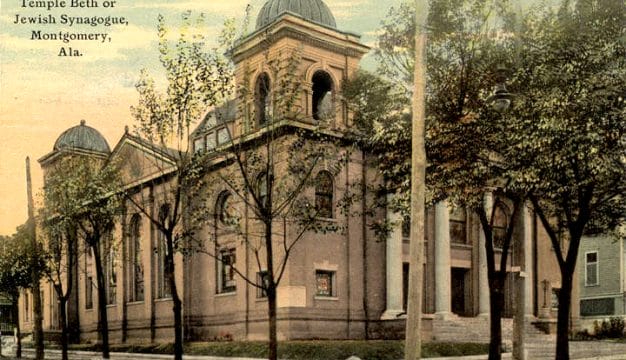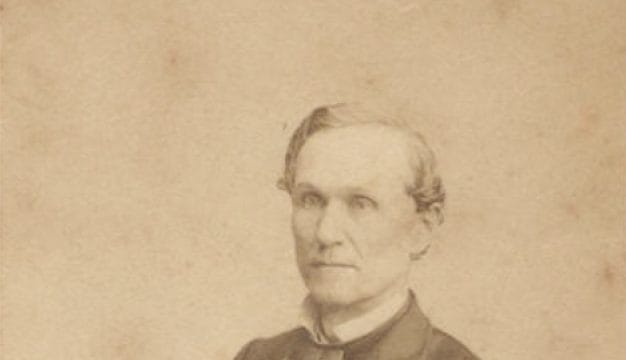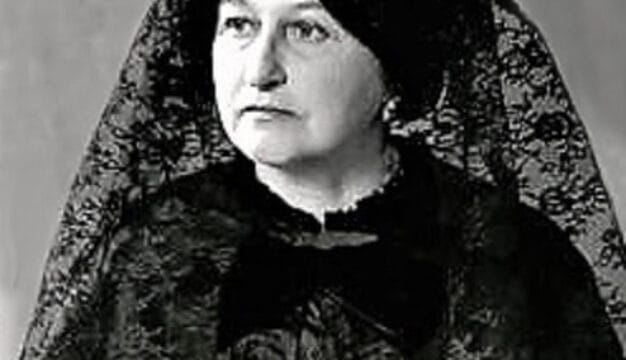Arthur Alexander
Rhythm and blues (R&B) singer and songwriter Arthur Alexander (1940-1993) played a significant role in the development of north Alabama’s Muscle Shoals music recording scene. His song “You Better Move On” (1962) became the first chart hit for the fledgling Florence Alabama Musical Enterprises (FAME) Studios in Muscle Shoals. Alexander’s records were particularly influential in Great Britain, where the Beatles covered his song “Anna, Go To Him” and the Rolling Stones covered “You Better Move On.”
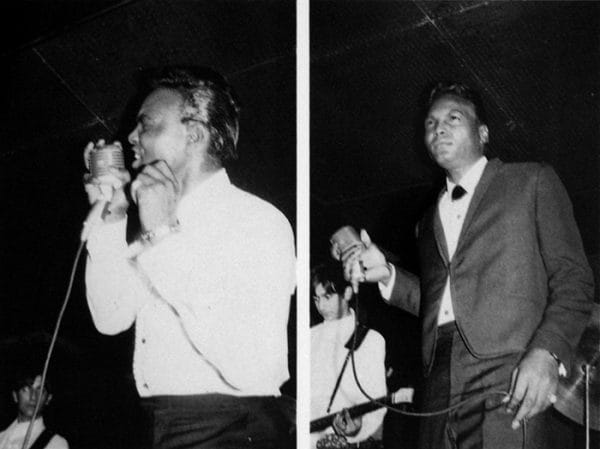 Alexander, Arthur
Arthur Alexander was born May 10, 1940, and although African American, he initially grew up in the mostly white neighborhood of East Florence on the bank of the Tennessee River. His father, Arthur Alexander Sr,. worked at Reynolds Aluminum in Sheffield. His mother, Fannie Scott Springer Alexander, died when Arthur was three. He had an older sister. In the late 1940s, his family moved across the river to Sheffield and resided in a black neighborhood known as Baptist Bottom. Arthur had an ear for music and an extended family steeped in jazz, R&B, and “hillbilly” music. He attended Sterling High School in Sheffield, excelling in music classes, but dropped out after completing the ninth grade. His influences included Nat “King” Cole, Ray Charles, Clyde McPhatter, and gospel and soul artist Mabel Louise “Big Maybelle” Smith. Alexander picked cotton and worked as a bellhop at the Sheffield Hotel before entering the music business.
Alexander, Arthur
Arthur Alexander was born May 10, 1940, and although African American, he initially grew up in the mostly white neighborhood of East Florence on the bank of the Tennessee River. His father, Arthur Alexander Sr,. worked at Reynolds Aluminum in Sheffield. His mother, Fannie Scott Springer Alexander, died when Arthur was three. He had an older sister. In the late 1940s, his family moved across the river to Sheffield and resided in a black neighborhood known as Baptist Bottom. Arthur had an ear for music and an extended family steeped in jazz, R&B, and “hillbilly” music. He attended Sterling High School in Sheffield, excelling in music classes, but dropped out after completing the ninth grade. His influences included Nat “King” Cole, Ray Charles, Clyde McPhatter, and gospel and soul artist Mabel Louise “Big Maybelle” Smith. Alexander picked cotton and worked as a bellhop at the Sheffield Hotel before entering the music business.
In 1959, Alexander, billed as “June” Alexander, and Tom Stafford wrote and recorded “Sally Sue Brown” at Stafford Publishing and Recording, more commonly known as SPAR Studio in Florence. The record was released in summer 1960 on the Judd label. Alexander joined a close-knit group of eager young white musicians in those years—Stafford, Daniel “Dan Penn” Pennington, David Briggs, Dewey “Spooner” Oldham, Donnie Fritts, and members of Dan Penn’s Pallbearers—to write songs and produce demo recordings.
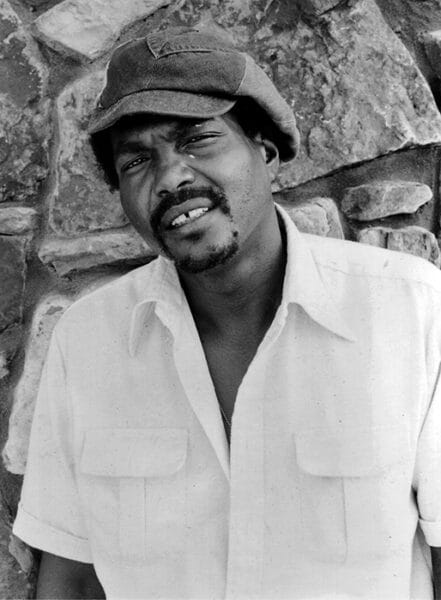 Arthur Alexander
In 1961, Alexander recorded “You Better Move On” and “Get a Shot of Rhythm and Blues,” produced by Rick Hall. The latter song featured a rhythm section comprising Briggs (piano), Jerry Carrigan (drums), Terry Thompson (guitar), Forrest Riley (guitar), Earl “Peanut” Montgomery (guitar), and Norbert Putnam (bass). It was a regional hit and gave Hall a boost to build FAME Studios. The Dot label reissued the record, and it reached number 24 on the pop charts in 1962. The song—fusing elements of country, R&B, latin, and pop music—had far-reaching consequences. The Beatles, who discovered Alexander’s music in 1962 at manager Brian Epstein’s NEMS record shop in Liverpool, were particularly enamored by the recording’s “calypso” rhythms, which they attempted to incorporate into their work. Alexander’s follow up single, “Where Have You Been (All My Life)” backed with “Soldier of Love,” was produced in Nashville by Noel Ball for Dot Records and reached number 62 on the pop charts in 1962. Also reaching number 62 that year was “Anna (Go to Him),” which became an album track for the Beatles’ Please, Please Me in 1963. Alexander recorded a number of singles for Dot Records through 1965, including his songs “Go Home Girl” and “In the Middle of It All,” both from 1962, and “Black Night” in 1964. In addition, he recorded a host of pop and R&B covers, such as Billy Swan’s “Lover Please,” a number 7 hit for Clyde McPhatter in 1962, and “Detroit City,” a hit for Bobby Bare in 1963, written by Mel Tillis and Danny Dill.
Arthur Alexander
In 1961, Alexander recorded “You Better Move On” and “Get a Shot of Rhythm and Blues,” produced by Rick Hall. The latter song featured a rhythm section comprising Briggs (piano), Jerry Carrigan (drums), Terry Thompson (guitar), Forrest Riley (guitar), Earl “Peanut” Montgomery (guitar), and Norbert Putnam (bass). It was a regional hit and gave Hall a boost to build FAME Studios. The Dot label reissued the record, and it reached number 24 on the pop charts in 1962. The song—fusing elements of country, R&B, latin, and pop music—had far-reaching consequences. The Beatles, who discovered Alexander’s music in 1962 at manager Brian Epstein’s NEMS record shop in Liverpool, were particularly enamored by the recording’s “calypso” rhythms, which they attempted to incorporate into their work. Alexander’s follow up single, “Where Have You Been (All My Life)” backed with “Soldier of Love,” was produced in Nashville by Noel Ball for Dot Records and reached number 62 on the pop charts in 1962. Also reaching number 62 that year was “Anna (Go to Him),” which became an album track for the Beatles’ Please, Please Me in 1963. Alexander recorded a number of singles for Dot Records through 1965, including his songs “Go Home Girl” and “In the Middle of It All,” both from 1962, and “Black Night” in 1964. In addition, he recorded a host of pop and R&B covers, such as Billy Swan’s “Lover Please,” a number 7 hit for Clyde McPhatter in 1962, and “Detroit City,” a hit for Bobby Bare in 1963, written by Mel Tillis and Danny Dill.
Alexander’s cover of “Detroit City” would be his last session for Dot Records, which, being a white-owned label, was losing its appeal for him in an era with an emerging black consciousness, when singers such as Otis Redding, James Brown, and Roscoe Shelton were rising as R&B luminaries. Nashville’s burgeoning R&B scene attracted Alexander to the Monument label’s Sound Stage division, where he recorded a series of covers between 1965 and 1969. His song “Everyday I Have to Cry” gained vast exposure through a series of covers beginning in 1965, with versions by Steve Alaimo, The McCoys, The Gentrys, Johnny Rivers, and Ike and Tina Turner. (His hit version of the song would reach number 45 on the R&B charts in 1975.) In 1971, Alexander began recording a self-titled album for Warner Brothers with a crew of Nashville session musicians recently transplanted from Memphis’s American Studio. The album featured the story song “Rainbow Road,” by Fritts and Penn, as well as four songs by Nashville songwriter Dennis Linde, including “Burning Love,” covered by Elvis Presley shortly after the album was released. Additionally, there were a number of songs written by Alexander, including collaborations with songwriter Thomas Cain, that resulted in the album’s strongest material: “You Got Me Knockin'” and “Mr. John.”
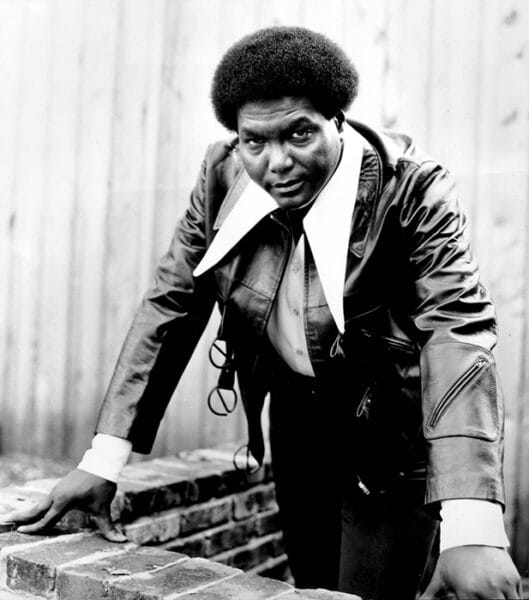 Arthur Alexander
In the mid 1970s, Alexander re-recorded “You Better Move On” in Muscle Shoals at Music Mill on Avalon Avenue. He also had a top 100 R&B hit with “Sharing the Night Together” (by Muscle Shoals songwriters Ava Aldridge and Eddie Struzick) in 1976. Later in the decade, Alexander retired from music and worked as a bus driver for a social services agency in Cleveland, Ohio. During this period, his recorded legacy grew in reputation, especially in Great Britain, where his catalogue was constantly available through reissues. Alexander recorded a comeback album in 1992 entitled Lonely Just Like Me, featuring many of his long-time cohorts, including Fritts, Penn, Oldham, and Cain. Also on hand were Nashville guitarists Reggie Young and Gary Nicholson, with Mike Leech (bass) and Gene Chrisman (drums), mainstays of the American Studio scene in Memphis. The album, Alexander’s last, features “If It’s Really Got To Be This Way” (Alexander/Fritts/Nicholson), covered later by Led Zeppelin frontman Robert Plant. The album includes remakes of “Every Day I Have to Cry,” “In the Middle of It All,” a collaboration with Spooner Oldham on “Genie in the Jug,” and a number of Cain and Alexander originals, including a searing rendition of “Mr. John.” Alexander would not live to enjoy this resurgence in popularity, however; he died on June 9, 1993, in Nashville from a heart attack, and was buried in Florence City Cemetery, a few blocks from the former site of SPAR studio.
Arthur Alexander
In the mid 1970s, Alexander re-recorded “You Better Move On” in Muscle Shoals at Music Mill on Avalon Avenue. He also had a top 100 R&B hit with “Sharing the Night Together” (by Muscle Shoals songwriters Ava Aldridge and Eddie Struzick) in 1976. Later in the decade, Alexander retired from music and worked as a bus driver for a social services agency in Cleveland, Ohio. During this period, his recorded legacy grew in reputation, especially in Great Britain, where his catalogue was constantly available through reissues. Alexander recorded a comeback album in 1992 entitled Lonely Just Like Me, featuring many of his long-time cohorts, including Fritts, Penn, Oldham, and Cain. Also on hand were Nashville guitarists Reggie Young and Gary Nicholson, with Mike Leech (bass) and Gene Chrisman (drums), mainstays of the American Studio scene in Memphis. The album, Alexander’s last, features “If It’s Really Got To Be This Way” (Alexander/Fritts/Nicholson), covered later by Led Zeppelin frontman Robert Plant. The album includes remakes of “Every Day I Have to Cry,” “In the Middle of It All,” a collaboration with Spooner Oldham on “Genie in the Jug,” and a number of Cain and Alexander originals, including a searing rendition of “Mr. John.” Alexander would not live to enjoy this resurgence in popularity, however; he died on June 9, 1993, in Nashville from a heart attack, and was buried in Florence City Cemetery, a few blocks from the former site of SPAR studio.
Alexander’s legacy is intertwined with that of Muscle Shoals music, its successes and pitfalls, and he remains the musical innovator that gave FAME Studios its first hit record. In addition, the social context of his collaboration with white musicians was significant in that music making in Muscle Shoals achieved success through integration, not segregation. Also, many American music fans discovered Alexander through the so-called British Invasion, helping to initiate a relationship between Muscle Shoals and British musicians that remains strong to this day.
Further Reading
- Guralnick, Peter. Sweet Soul Music: Rhythm and Blues and the Southern Dream of Freedom. New York: Harper & Row, 1999.
- Hoskyns, Barney. Say It One Time for the Brokenhearted: Country Side of Southern Soul. London: Bloomsbury Publishing PLC, 1998.
- Marsh, Dave. The Heart of Rock & Roll: The 1001 Greatest Singles Ever Made. New York: New American Library, 1999.
- Younger, Richard. Get A Shot of Rhythm and Blues: The Arthur Alexander Story. Tuscaloosa: University of Alabama Press, 2000.

